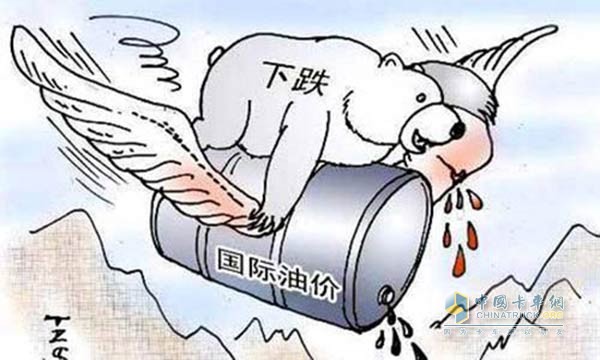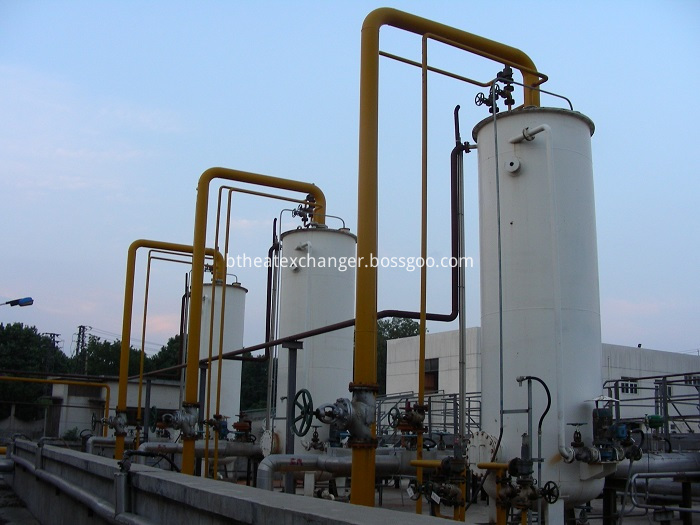On July 14, 2015, the six countries on the Iranian nuclear issue (the United States, the United Kingdom, France, Russia, China, and Germany) and Iran officially agreed to resolve the Iranian nuclear issue, which means Iran’s energy industry may rejoin the international energy market. . How will Iran's return affect international oil prices?

Iran's return to lower oil prices? Experts Say Small Impact Before 2016
There is no turmoil in the market
After the announcement of the Iranian nuclear agreement, the international crude oil futures price did not immediately respond. It closed above 50 US dollars per barrel on the 14th, equivalent to half the price of a year ago.
Industry analysts believe that Iranian crude oil has entered the international market in large quantities and it still needs to wait a year or more. Andrew Slaughter, executive director of the Deloitte Energy Research Center, said: "This is not just a question of refueling. They need investment and technology."
The United States "The New York Times" reported on the 14th that Iran has 10% of the world's crude oil reserves and 18% of its natural gas reserves. It is a role that can compete with Saudi Arabia and Russia. Before oil sanctions were imposed, Iran’s oil production peaked at nearly 3 million barrels a day.
During the meeting of the Organization of the Petroleum Exporting Countries (OPEC) last month, the Iranian oil minister Bijan Namdar Zanagan predicted that if Iran resumes crude oil exports, the daily crude oil export volume will increase by 400,000 barrels compared with the current level, after 6 months Add another 600,000 barrels.
However, most industry analysts think Iran’s forecast is too optimistic. Gary Ross, executive chairman of the consulting firm Pila Energy Group, said that from the signing of the agreement to Iran’s daily output of crude oil increased by 500,000 barrels compared to the current level, “It will take 1 yearâ€.
In addition, the Iran nuclear agreement stipulates that only when the United States and its allies are convinced that Iran has fulfilled the agreement, it will relax its oil sanctions against Iran. Confirming whether Iran has fulfilled the agreement will also have to delay for several months.
Long-term pressure on oil prices
Reuters quoted analysts as saying that although Iran’s newly-produced crude oil can start exporting in 2016, in the long run, international oil prices will continue to remain relatively low and may even further decline.
Goldman Sachs Group said: "We believe that OPEC production will increase in 2016, including crude oil from Iran, which will pose an increasing downside risk to oil prices."
Jefferies International Co., Ltd. believes: "With the OPEC member countries struggling to increase market share, the US oil production will remain firm, and the oil market oversupply period will be longer than we expected."
However, Ross, Executive Chairman of Pilar Energy Group, believes that the market may be able to absorb Iran's new crude oil production, because with the low oil prices, the investment in the oil industry is decreasing.
Giant layout in advance
"New York Times" reported that in the past few weeks, Anglo-Dutch Shell, France's Total oil company, Italy's Eni and other oil giants have been seeking to invest in Iran.
The report said that the above-mentioned senior officials of the western oil giants met with senior Iranian oil officials in Vienna, Austria, in June. In the past few months, these oil company executives and Iranian officials have met several times in Tehran.
Anglo-Dutch Shell said that it has begun discussions on possible cooperation with Iran. The company said in a statement that if Western countries lift oil sanctions against Iran, "Australia and Shell will operate strictly in accordance with the law. We are interested in exploring the possible role of Shell in the development of Iran's energy potential."
Once Western energy giants enter Iran, they will bring much-needed hundreds of billions of U.S. dollars worth of investment to the Iranian energy industry. However, it also depends on what kind of conditions Iran has. Prior to the implementation of the oil sanctions imposed on Iran by the West, the contractual rates of return between Western oil companies and Iran were relatively low, and the contract did not allow foreign oil companies to obtain oil field ownership.
Iranian officials said they were drafting new contracts but did not disclose details of the contracts.
Water bath vaporizers mainly utilize steam, electricity and externally sourced hot water as energy sources which transform cryogenic gas from liquid into gaseous state .
Main Parts: Coiled stainless steel tubes, water storage tanks.
Main Type:
Electric Heated Water Bath Vaporizers
Steam heated water bath vaporizers
Circulating Water Bath Vaporizers
Basic Parameters:
Medium: LNG, LPG, LOX, LIN, LAR, LCO2 and others.
Capacity:100~80,000Nm3/Hr(unit) for hot water or steam heated vaporizer; 100~2000NM3/H per unit for electric heated vaporizer, more capacity by combination
Work Pressure: ≤40MPa

Cryogenic Vaporizer,Water Bath Vaporizer,Hot water circulating shell and tube vaporizer,Electric Heated Water Bath Vaporizers,Steam Water Bath Vaporizers,Circulating Water Bath Vaporizers
Wuxi Better Technology Co., Ltd , https://www.btheatexchanger.com